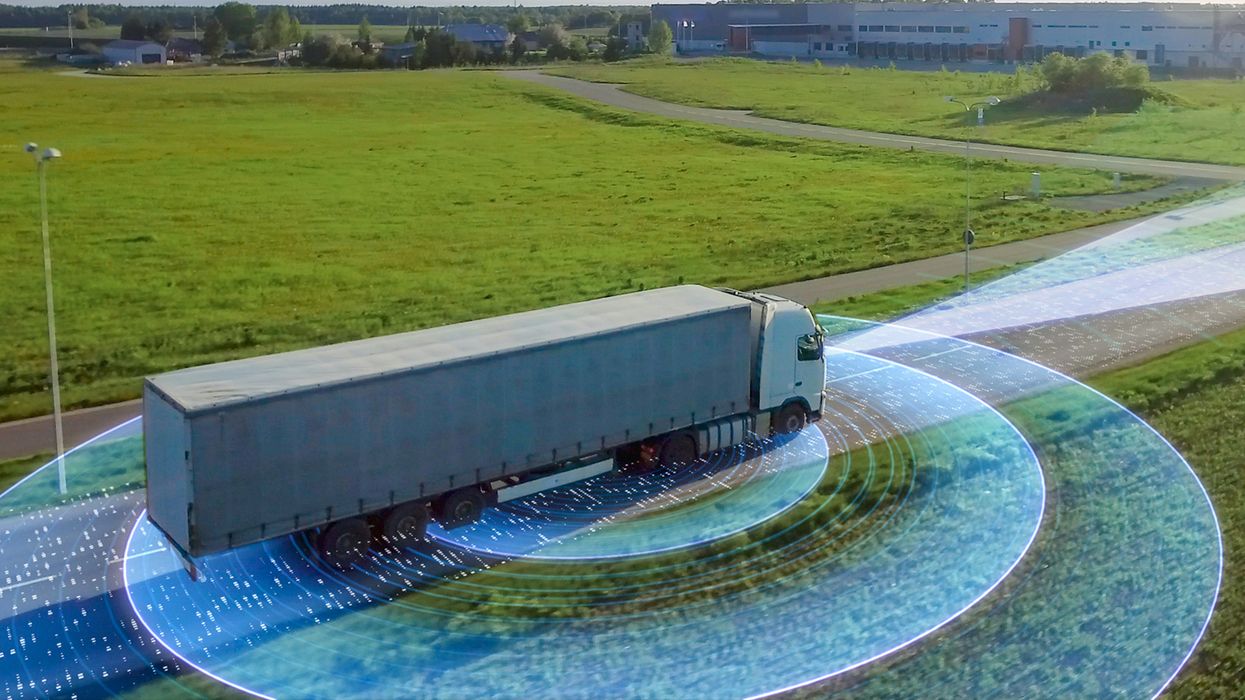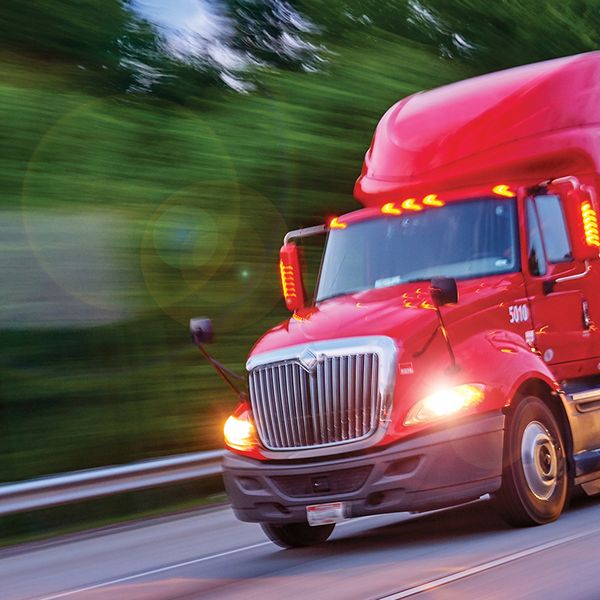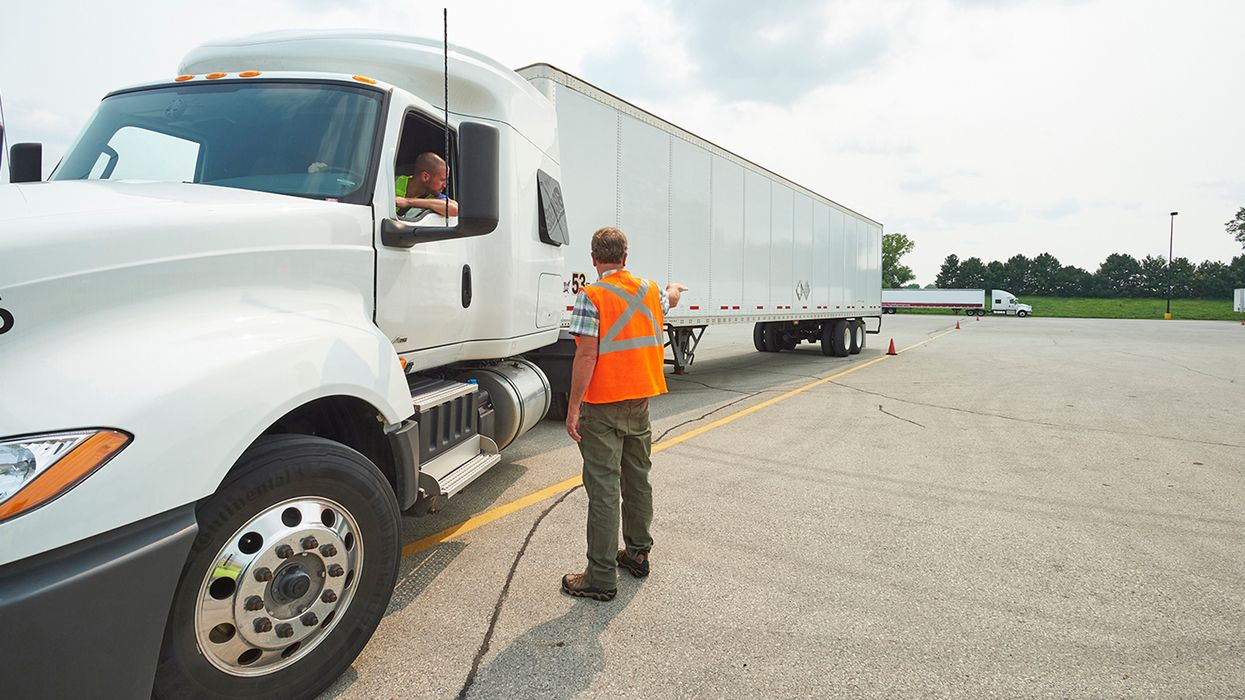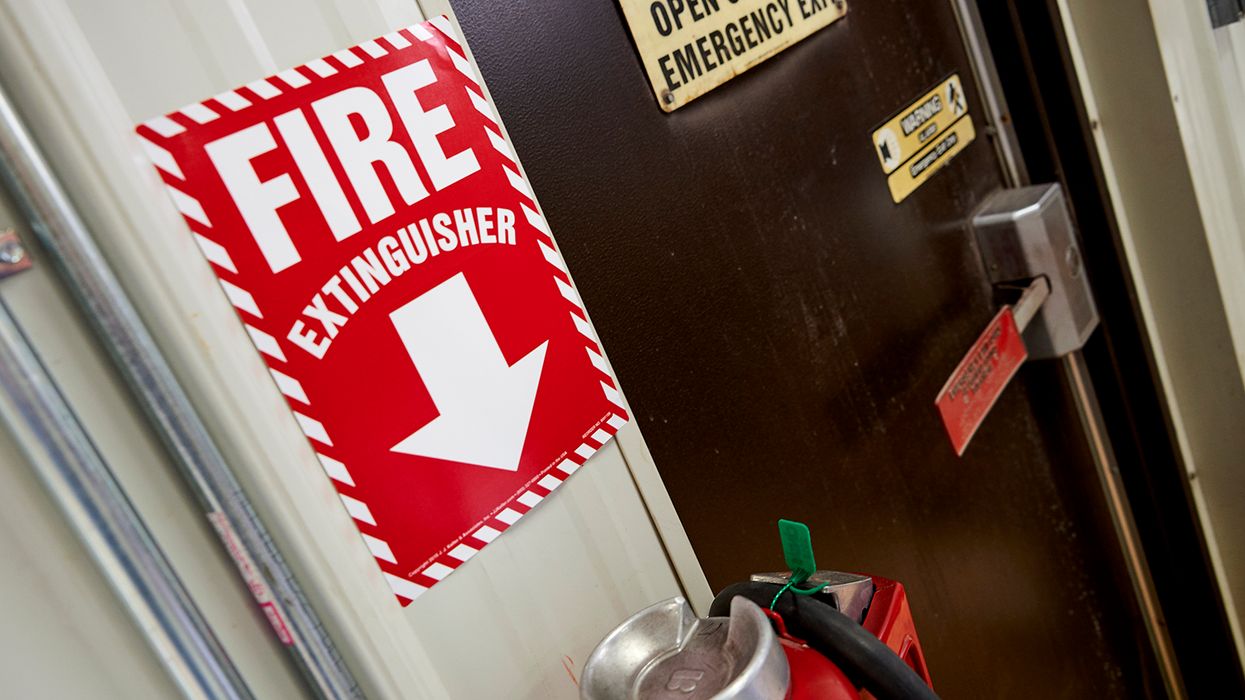10 electronic safety systems to reduce your risk of an accident
Each type of electronic safety system available for commercial motor vehicles is designed to reduce the risk that a vehicle will be involved in a specific type of crash. These systems can be independent or “bundled.” Bundled systems attempt to leverage common data and provide a coordinated system to keep the vehicle out of an accident.
Below is a brief description of the electronic safety systems available for commercial motor vehicles. The names used are the generic names for the systems based on their function. System and vehicle manufacturers often use a sales name for these systems.
Antilock braking system (ABS). ABS, and the associated traction control system, are a combination electronic/air (or hydraulic) system. The electronic sensors at the wheels sense wheel speed, and the processor makes decisions. The system then releases brakes in the case of a brake-induced skid or applies brakes and reduces power in the case of power-induced tire spin. The traction control system can be disabled at low speeds in many vehicles, which then allows the wheels to spin. This is to allow the driver to “rock” the vehicle out of a situation where none of the drive wheels can get traction.
Backup camera. Straight vehicles can be equipped with a fixed system that allows the driver to see what is directly behind the vehicle on a dash-mounted screen. There are also portable Bluetooth-based camera systems available that can use in conjunction with a smartphone or a dash-mounted screen that are well suited for use in tractor-trailers and large straight trucks that are not equipped with a fixed system.
Digital mirror system. This system uses video cameras mounted in place of traditional mirrors. In the cab, the driver will have displays for the cameras on the windshield posts. These systems provide a better view of what is next to and behind the vehicle when the driver is driving, turning, and backing.
Blind spot monitoring system. This system uses radar or video to detect the presence of vehicles that are in the driver’s blind spot. The system provides the driver with a visual, auditable, and/or tactile warning that there is a vehicle in the vehicle’s blind spot.
Electronic Stability Control (ECS). This system uses yaw and roll sensors to detect when the vehicle is becoming unstable during a maneuver. If the vehicle becomes unstable due to curving or turning too fast, the system will reduce the vehicle speed by defueling the engine and making “smart” braking decisions to stabilize the vehicle.
Lane departure warning system (LDWS). LDWS uses video technology (visual or infrared) to alert the driver if the vehicle deviates from its assigned lane without a turn signal.
Lane keeping. This system uses the same technology as LDWS, but it is an active system as opposed to a passive warning system. It will make steering adjustments to keep the vehicle within its lane if the driver does not act on the alert when vehicle begins to cross a lane line without a turn signal.
Collision warning system (CWS). This passive system uses radar, sonar, infrared, or laser technology to alert the driver if the vehicle comes too close to another vehicle or a fixed object.
Intelligent or adaptive cruise control system (ICCS or ACC) and Automatic Emergency Braking (AEB). These will automatically reduce speed by defueling the engine when coming upon slower traffic. Once the hazard has cleared, if the cruise control is still set, the vehicle will accelerate and resume the desired operating speed. If defueling to slow the vehicle is not enough to keep the vehicle safe, an AEB will make intelligent braking decisions to further reduce speed. Not all vehicles that have ICCS/ACC have AEB.
Tire pressure monitoring and management systems (TPMS) and auto-inflation systems. The monitoring systems monitor the air pressure in all tires of the vehicle and warn the driver if a tire loses a percentage of its air pressure. Some systems available for air-brake vehicles can automatically refill tires that are low enough to trigger a warning, as well as monitoring the tire pressure. The tire pressure management systems will increase or decrease tire air pressure based on the weight of the vehicle.
Key to Remember: While all of these systems have an expense to them, most can be justified with a simple cost/benefit ROI calculation. Preventing one serious rear-end collision alone can pay for purchasing and installing all of these systems in your fleet’s vehicles.
















































